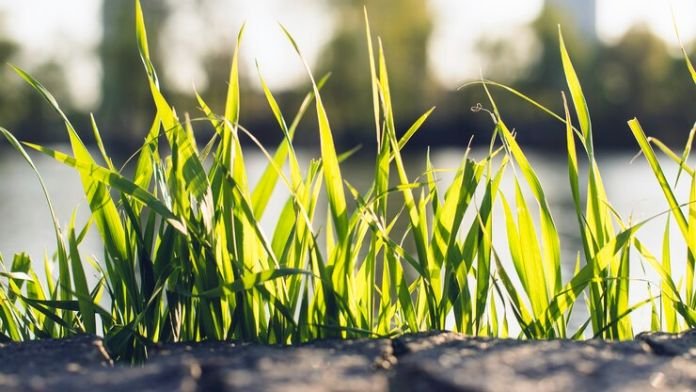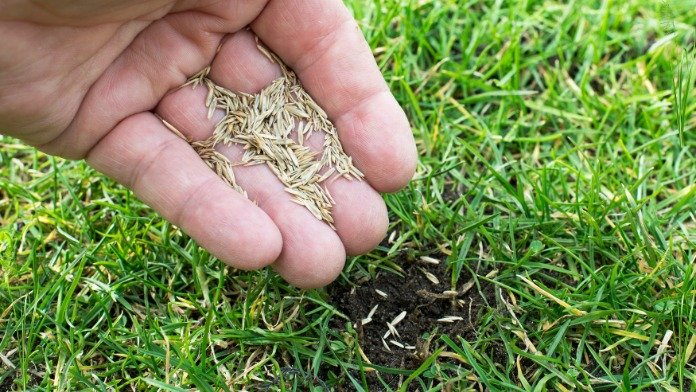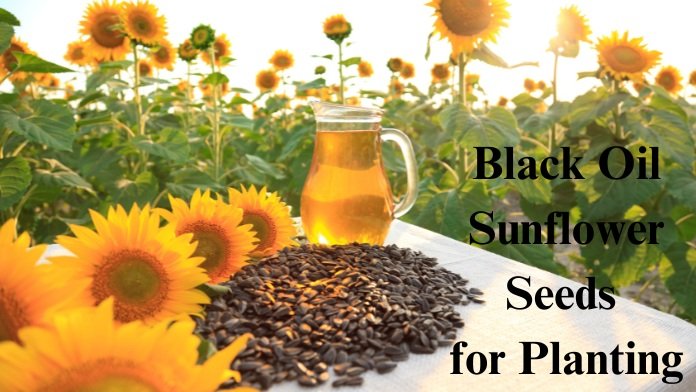
Lavender is a plant that creates dramatic images in the vast fields of bloom somewhere. (like Provence, known for its lavender). Sowing lavender in a wide field size may seem easy, but growing lavender from seed requires care and patience, even for experienced gardeners.
Propagating lavender from cuttings is easier than growing it from seed, but growing it from seed gives you extra options for how you want to grow it and can be a very fun project. Here’s what you need to know to successfully grow lavender from seed.
Types of Lavender You Can Grow From Seed
There are three popular types of lavender grown by many gardeners: French lavender, English lavender, and Spanish lavender. Of these types, English lavender (Lavender agustifolia) is the most common type grown from seed, but cultivars can also be grown from seed.

- English Lavender: The most commonly grown type from seed which is easy to maintain if grown in the right conditions.
- ‘Hidcote’ (also known as ‘Hidcote Blue’): This hardy English lavender is one of the most common cultivars grown in North America.
- ‘Munstead’: This low-growing English lavender is often planted as a hedge.
- ‘Lady’ Lavender: This dwarf lavender produces flowers with a visually soft aroma perfect for flavoring frosting, cakes, and other foods.
- ‘Fathead’: This Spanish lavender has beautiful gray-green leaves and long spiked flowers that bees love.
- ‘Elegance’ (Purple or Snow): The purple variety of this English lavender cultivar has dark purple-blue flowers, and the ‘Snow’ variety has bright white flower spikes.
When to Start Lavender Seeds
If you learn about it. Preferred Timing for Sowing Lavender Seeds Indoors If you are growing lavender seeds, sow them as soon as the soil can be worked.
Lawns can be sown if winters are not too severe or wet.
How to Plant Lavender Seeds Indoors
To grow lavender seeds indoors, follow basic guidelines for growing seeds indoors that will then be transplanted outdoors. You will need a seedling tray with good drainage (seedling trays in peat pots are good).
You’ll also need some potting medium or compost (dry, fine-textured compost, not wet or loose), a spray bottle, and some plastic wrap or a zip-top plastic bag. If your sunny planting area is cool, you may need a heating pad or grow light.

Cold stratification of lavender seeds before planting is recommended. This involves leaving them in a cold environment for several weeks. Place potting soil or peat moss in a zip-top plastic bag and then moisten the soil with a sprayer. Refrigerate for three to six weeks before planting.
- Place the potting soil in the seedling tray; Spread a one-inch layer using a flat tray or a box lid.
- Lightly mist the soil with water.
- Place lavender seeds (two or three seeds per pot) on the surface of the soil and tap very gently.
- Cover loosely with plastic wrap or a clean zip-top bag.
- Place it in a warm, sunny location with plenty of light.
- Lightly mist with water once a day. You can place the tray on a second flat tray and add water from the bottom.
- Make sure the soil temperature stays above 60 degrees Fahrenheit (65 to 75 degrees is ideal). You can also use a heating pad at a low temperature under the tray or grow light.
- Seedlings can take up to a month to germinate, so be patient.
Caring for Lavender Seedlings
After the lavender seedlings have germinated, mist them lightly daily and keep warm. Make sure they get at least six hours of direct sunlight or grow lights every day. Don’t add fertilizer and avoid fertilizing your lavender plants in general.
When lavender seedlings are at least two inches tall, carefully transfer them to larger pots. Use a basic potting mix with perlite. Water them lightly with a spray bottle and be careful not to overwater them.
When to Transplant Lavender Seedlings
You can plant your lavender seedlings outside when the danger of frost has passed, ideally when daily temperatures reach 65 degrees Fahrenheit. Use rigorous methods to give them a good start. You can plant seedlings in pots: terracotta pots are ideal.
Lavender plants like slightly alkaline, well-draining soil and, unlike many plants, prefer soil that is not too rich in nutrients.
Direct Sowing Lavender Seeds Outdoors
Lavender seeds need lots of light to germinate, so planting them outdoors means the seeds may be exposed to wind or wildlife that disturbs them. They should be planted well after the last frost date and when the days are consistently warm (65 to 75 degrees per day).
Prepare the surface of the soil by lightly scraping it with a fork. If you have very wet or clay soil, add a layer of potting mix. Space the seeds about two inches apart (later, plants can be thinned to 18 inches apart). Place them gently in the soil and mist them with water.
You can try planting them in the fall, sowing them lightly in the top layer of soil, and chilling them in the winter. This can only work if you don’t have very cold and wet winters. It’s worth a try, but you might want to save some of your seeds and try germinating them indoors.
FAQ
How long does lavender take to grow from seed?
Lavender seeds can take 18 to 28 days to germinate.
You can plant lavender directly in the ground in the fall and wait for it to sprout in the spring. Remember to mark where you put the seeds, so you don’t confuse them with weeds. Once the seeds have germinated, they need to be kept warm and have plenty of light.
Should I soak lavender seeds before planting?
How to germinate lavender seeds
- Soak paper towels. Take a plate and place a paper towel on it. …
- Plant the seeds. Spread the seeds evenly on the wet surface.
- Store the seeds in the refrigerator. …
- Keep it in a sunny place. …
- Transfer to individual plastic cups.
Do lavender seeds need sunlight?
Lavender seeds need lots of light to germinate, so don’t cover them. Place the sprouts in a warm, sunny location. Use grow lights and a heat mat to maintain bright, warm conditions (around 70°F/21°C).
RELATED POSTS
View all


